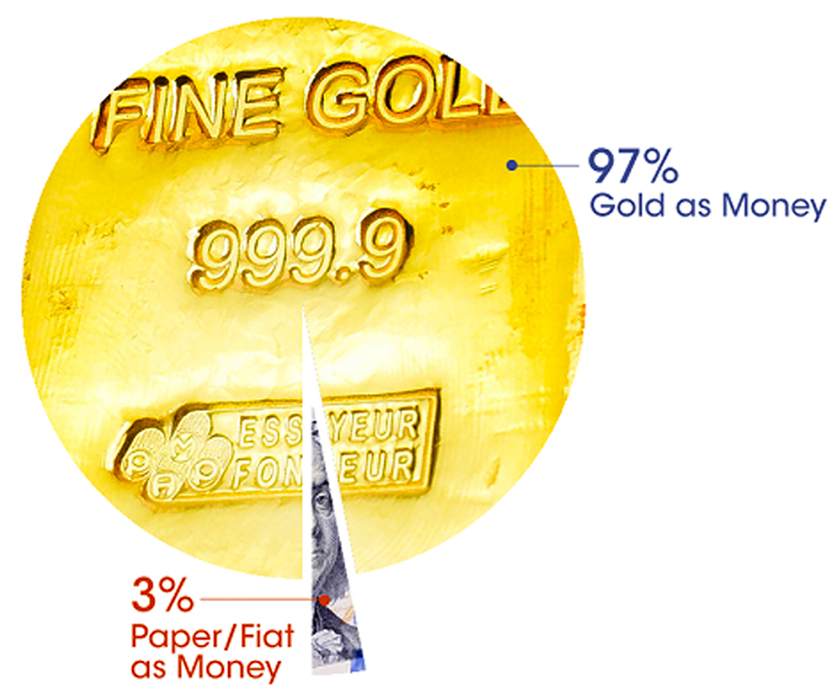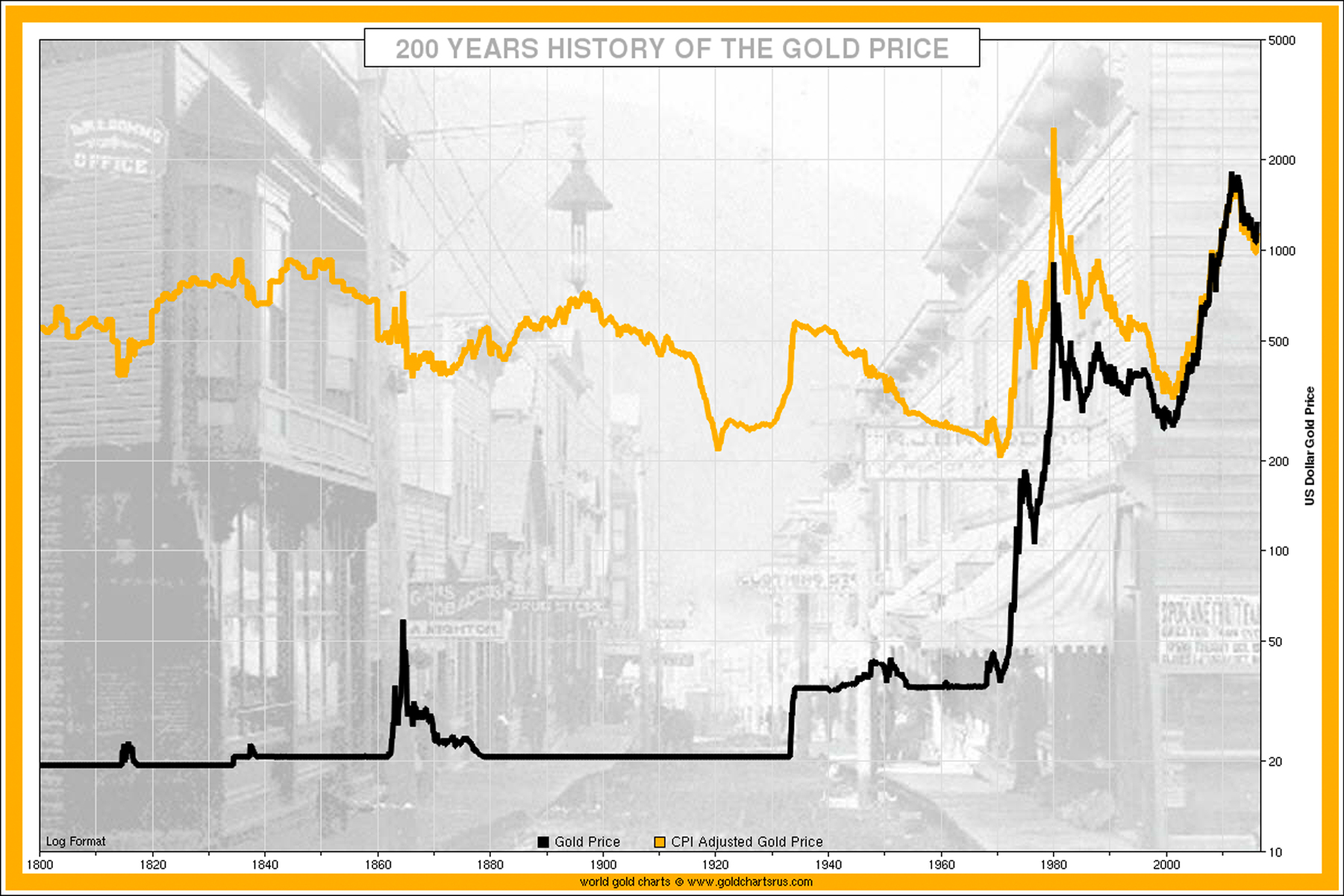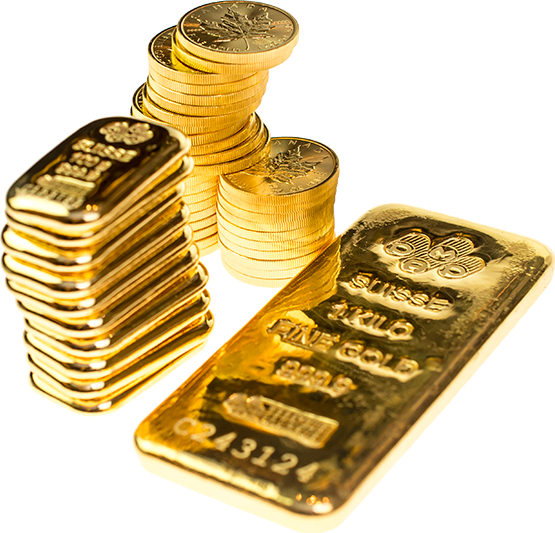Gold as Money
Gold has been used as money for 97% of the time during the last 2500 years. It is an an incredibly powerful endorsement that gold again and again is chosen as the pre-eminent form of money on a free market.
Gold coins circulated as money within numerous societies for over 2500 years from the 6th century BC right up to the 20th century and in doing so, gold facilitated trade and boosted economic activity. It is only during the last 70-80 years that gold has not circulated universally as money. This latest 3% of time is a relative blip compared to the previous 2500 years, making the very recent past look like an outlier of anomaly.












